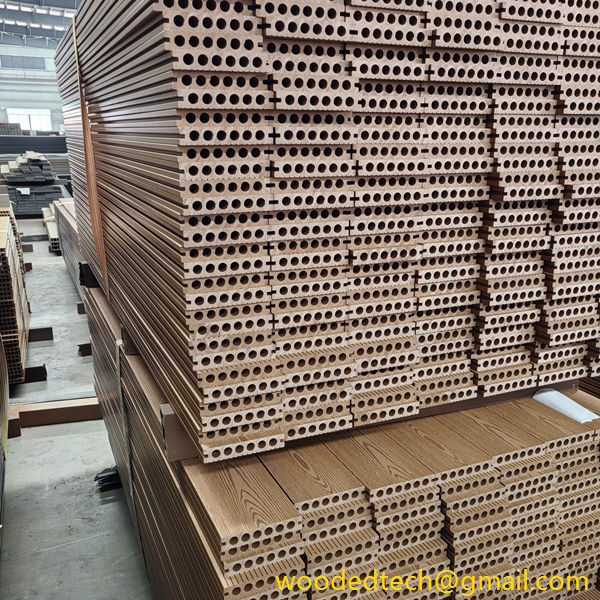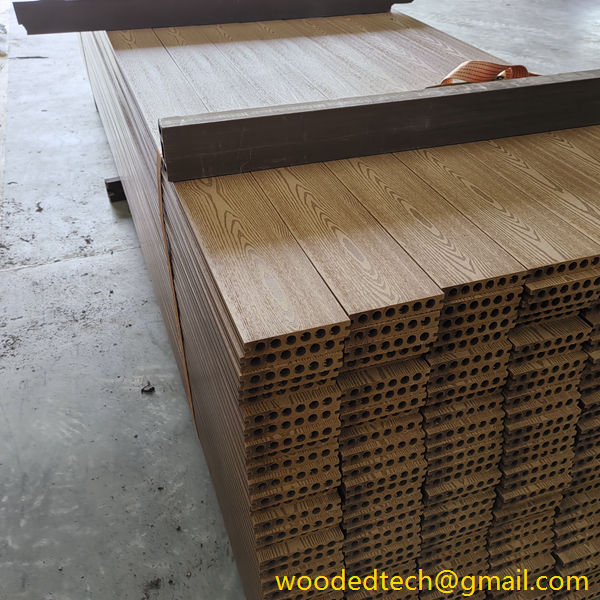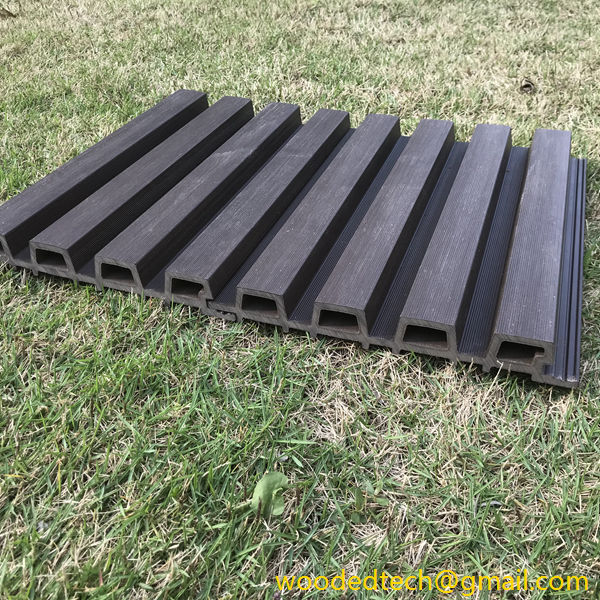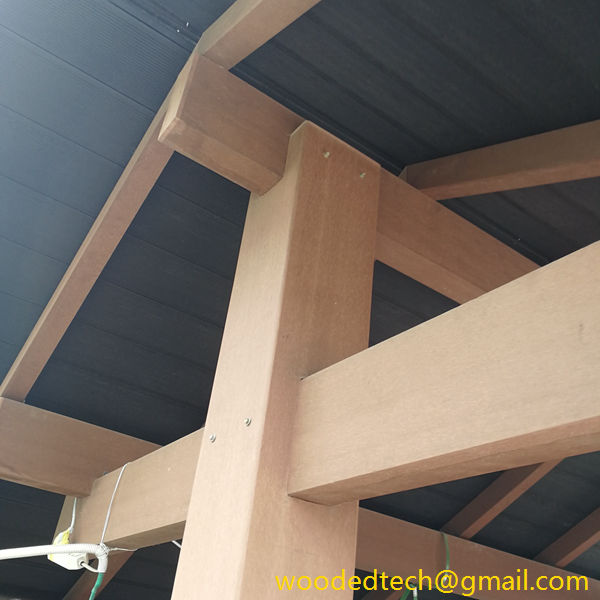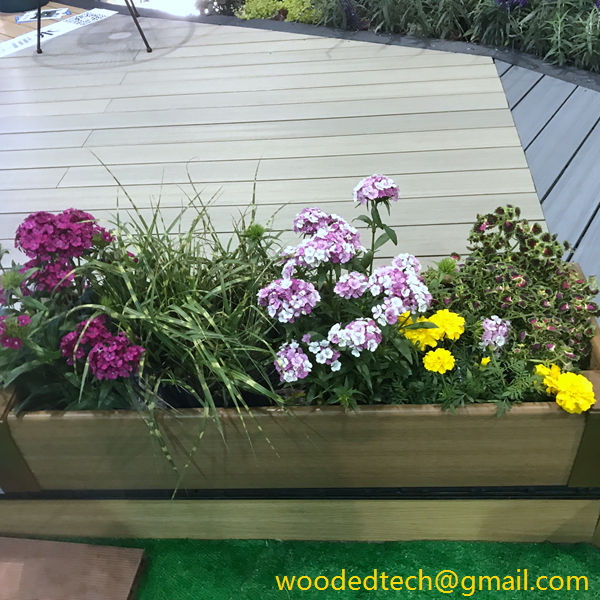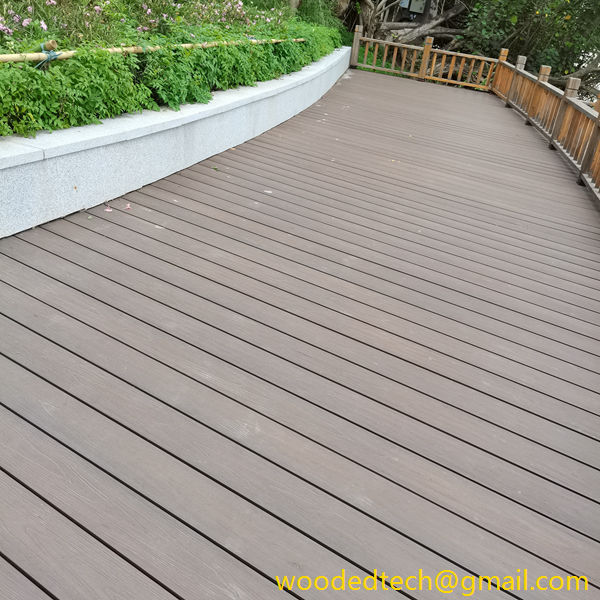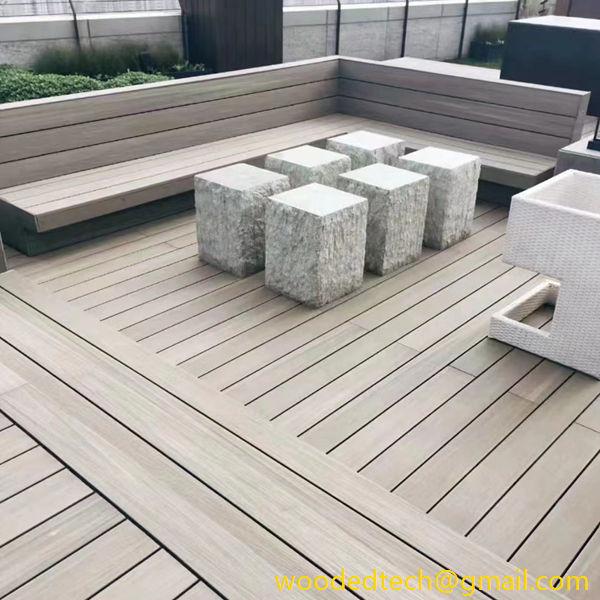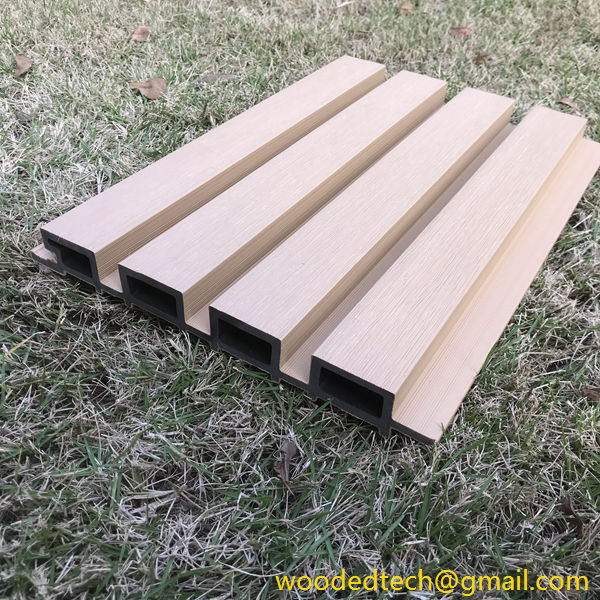WPC Panel Size in Inches: What You Need to Know
WPC Panel Size in Inches: What You Need to Know When considering WPC (Wood Plastic Composite) panels for your next construction or renovation project, understanding the various sizes available is crucial. WPC panels have become increasingly popular due to their durability, aesthetic appeal, and versatility in various applications. One of the primary factors that influence…
WPC Panel Size in Inches: What You Need to Know
When considering WPC (Wood Plastic Composite) panels for your next construction or renovation project, understanding the various sizes available is crucial. WPC panels have become increasingly popular due to their durability, aesthetic appeal, and versatility in various applications. One of the primary factors that influence the usability of WPC panels is their size, which is typically measured in inches.
WPC panels come in a range of dimensions, allowing them to be suitable for different applications, whether for decking, fencing, wall cladding, or even furniture. The size of the panels directly affects the installation process, the overall look of the finished project, and the material’s performance in various environments.
When discussing WPC panel sizes, it is essential to consider the standard dimensions that are commonly available in the market. Typically, the width of WPC panels can range from 4 inches to 12 inches. The thickness usually varies between 0.5 inches and 1 inch. These dimensions are designed to meet the needs of various projects while providing ease of use during installation. For instance, wider panels may cover more area quickly, reducing the number of panels needed for a project, which can save both time and cost.
The length of WPC panels is another factor that should be taken into account. Standard lengths often range from 6 feet to 12 feet, although custom lengths can sometimes be ordered depending on the supplier. This variability allows for flexibility in design and ensures that contractors can find the perfect fit for their specific project requirements. Longer panels are particularly beneficial in applications such as decking, where fewer seams can result in a cleaner, more continuous look.
One of the advantages of using WPC panels is their lightweight nature compared to traditional wood panels. Even though they are designed for durability and strength, their lightweight properties make handling and installation much more manageable. This can be particularly important for larger panels, as they can be cumbersome when trying to maneuver them into place. The ease of transport and installation can lead to reduced labor costs and a quicker completion time for projects.
The surface texture and finish of WPC panels can also vary widely, contributing to their versatility. Some panels come with a smooth finish, while others feature a wood grain texture that mimics the appearance of natural wood. This variety allows homeowners and builders to select panels that best match their desired aesthetic. Whether you prefer a modern sleek look or a rustic wood appearance, there is likely a WPC panel that fits your style.
Moreover, WPC panels are designed to be resistant to various environmental factors, including moisture, insects, and UV rays. This resistance makes them an excellent choice for outdoor applications, such as decks and fences. The durability of WPC panels means they require less maintenance compared to traditional wood options, which often necessitate regular staining or sealing to protect against the elements. By choosing WPC panels in the appropriate sizes for your project, you can ensure a long-lasting and attractive finish that will stand the test of time.
When planning your project, it is also essential to consider the specific requirements of your local building codes and regulations. In some areas, there may be specific guidelines regarding the size and structural integrity of materials used in construction. Ensuring that your selected WPC panel sizes comply with these regulations is critical to a successful installation. Additionally, consulting with a professional contractor can provide insights into the best panel sizes and configurations for your specific project.
It is also worth noting that the cost of WPC panels can vary significantly based on their size and finish. Typically, larger panels are more expensive due to the increased material used in their production. However, they can also provide cost savings in terms of reduced installation time and fewer seams, which may lead to lower long-term maintenance costs. When budgeting for your project, it is essential to weigh these factors against your overall design goals and financial constraints.
In conclusion, understanding WPC panel sizes is a vital step in planning any construction or renovation project. With a variety of dimensions available, from width and thickness to length, these panels can cater to diverse applications and design preferences. Their lightweight yet durable nature, coupled with resistance to environmental factors, makes them an attractive choice for both indoor and outdoor use. By considering the specific requirements of your project and consulting with professionals when needed, you can make informed decisions that will lead to a successful and visually appealing outcome. Whether you are looking to enhance your outdoor space or create a striking interior feature, the right WPC panel size will play a significant role in achieving your desired results.

